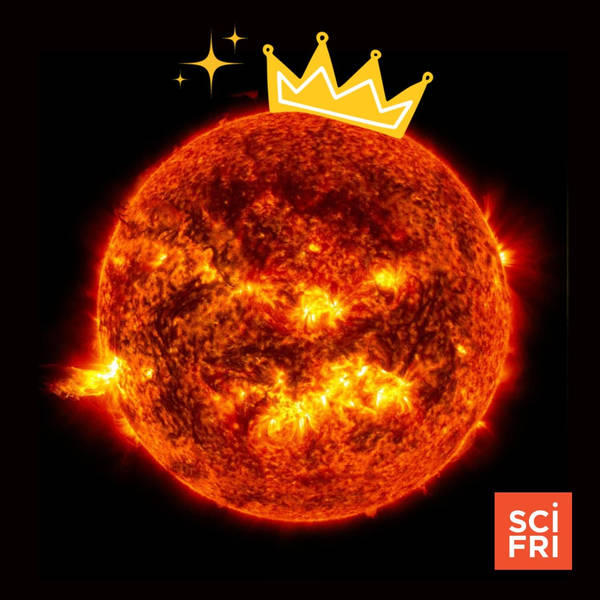
Solar Activity Flares Up In 2024 | Underground Hydrogen Reserves And Clean Energy
Look out for a total solar eclipse, more solar flares, and the Parker Solar Probe’s closest approach to the sun. Also, underground hydrogen stores have raised renewable energy hopes, but can the industry overcome the logistical hurdles of distributing it?
Solar Activity Flares Up In 2024Look out 2024—this is going to be the sun’s year (for science, at least). There will be a total solar eclipse on April 8, and scientists are seeking volunteers to help them observe the event. Researchers also expect an uptick in solar activity—that means more sunspots and solar flares, which could increase the amount of auroras the Earth experiences and also might disrupt satellites and power systems on the ground. Plus, NASA’s Parker Solar probe is on track to make its closest pass to the sun yet in December, a mere 3.8 million miles from its surface.
Umair Irfan, staff writer with Vox, sits down with Ira to talk about these and other science stories from this week, including why greenhouse gas emissions might actually start to fall this year, research showing that apes are able to recognize each other after decades apart, and the discovery of an enzyme that makes your pee yellow.
Could Underground Hydrogen Reserves Put Clean Energy Within Reach?In 1987, a crew in the village of Bourakébougou, Mali, was digging for water. After drilling 108 meters deep, they still hadn’t found any, but the resulting borehole produced a steady stream of wind. When a driller lit a cigarette near the hole, the wind ignited, burning the worker. It took weeks for the crew to put out the blue flame, which produced no smoke, and they eventually capped the hole. It remained sealed until 2012 when a local oil and gas company reexamined it and found that the original crew had stumbled upon an underground store of naturally occurring hydrogen. They converted a Ford engine to burn the gas and soon connected it to a generator, providing electricity for the village.
Hydrogen has long been touted as a source of renewable energy with the potential to replace fossil fuels to power transportation and factories. When burned, its only output is water—with no carbon emissions—making it extremely attractive as a clean energy source. But producing commercial hydrogen involves splitting water molecules into their hydrogen and oxygen components, an energy-intensive process typically powered by fossil fuels.
But splitting water isn’t the only way to get hydrogen: It also occurs naturally in underground reservoirs when water heated by the planet’s mantle mixes with iron-rich rocks. The oil and gas industry hasn’t prioritized the search for these underground stores of hydrogen, but more of them have been found lately, including a potentially massive one in Lorraine, France that was discovered last year.
Dr. Geoffrey Ellis, a research geologist at the United States Geological Survey, joins Ira to talk about hydrogen’s potential as a clean fuel, why finding stores of it has been a lower priority than finding oil and natural gas, and the hurdles the industry faces as it aims to expand.
Correction: In the original interview about hydrogen reserves, our guest stated that there may be as much as 500 million megatons of hydrogen in the Earth’s crust. This number is incorrect, the actual estimate is 5 million megatons. The audio has been updated to reflect the correct number.
Transcripts for each segment will be available the week after the show airs onsciencefriday.com.
Subscribe to this podcast. Plus, to stay updated on all things science, sign up for Science Friday's newsletters.
